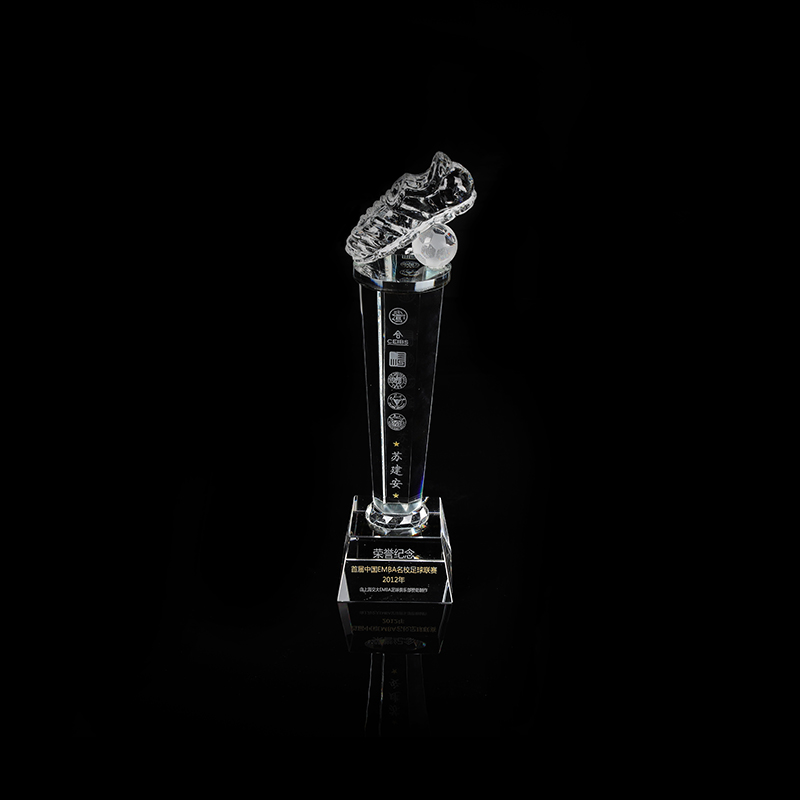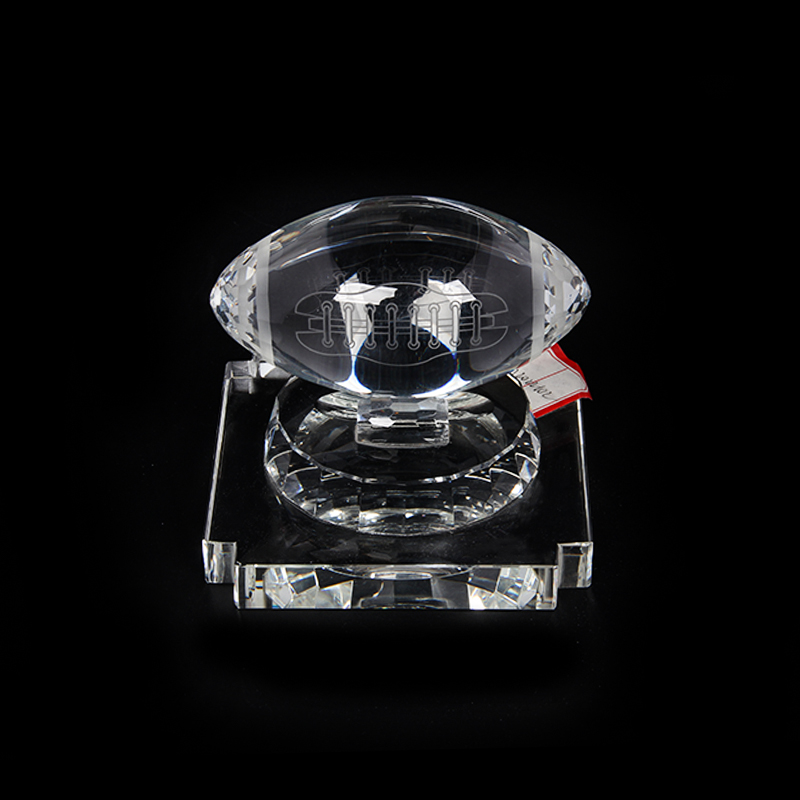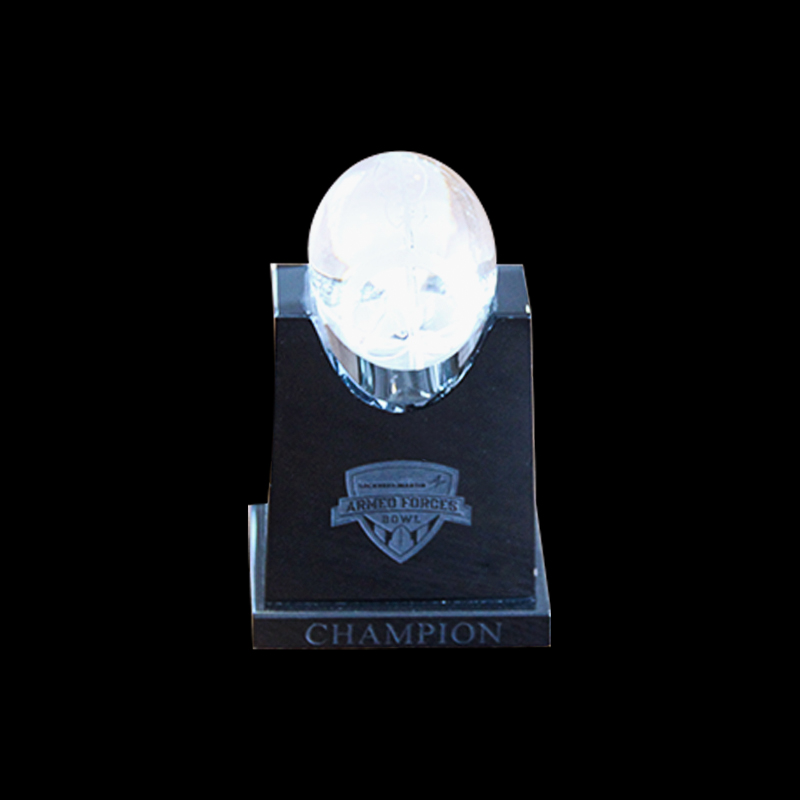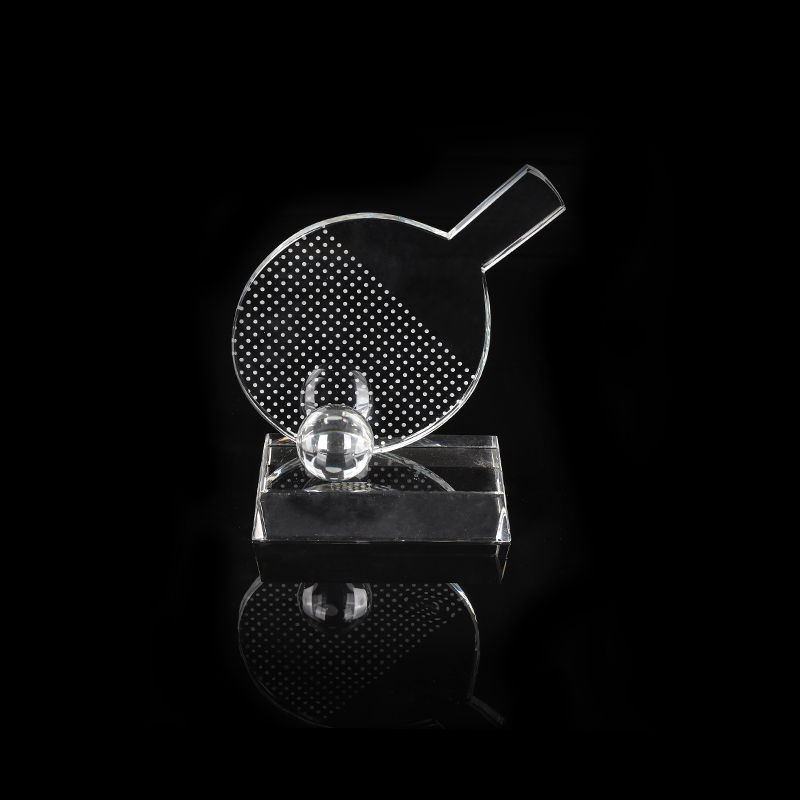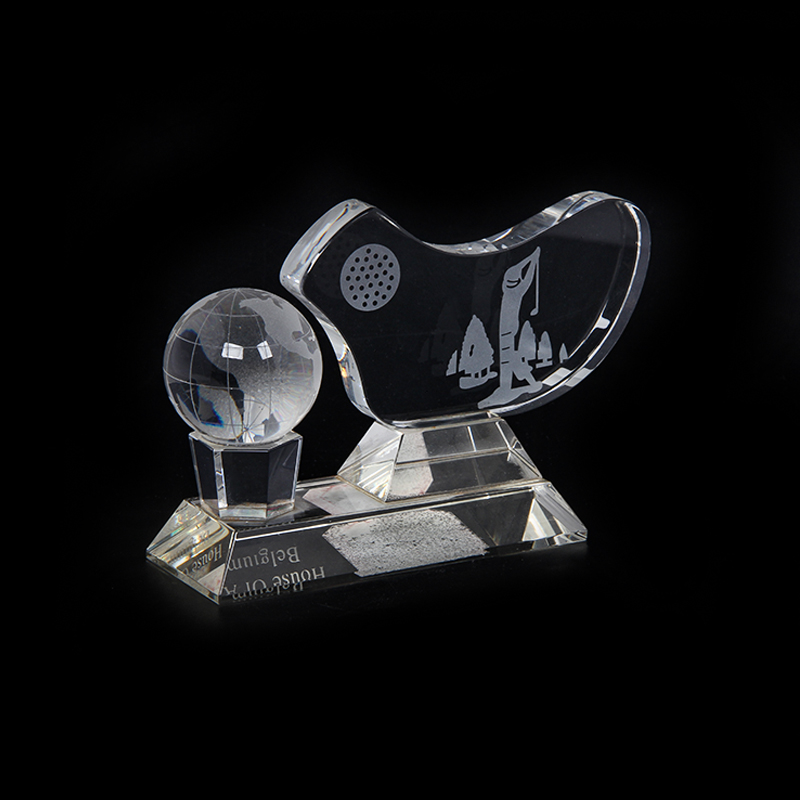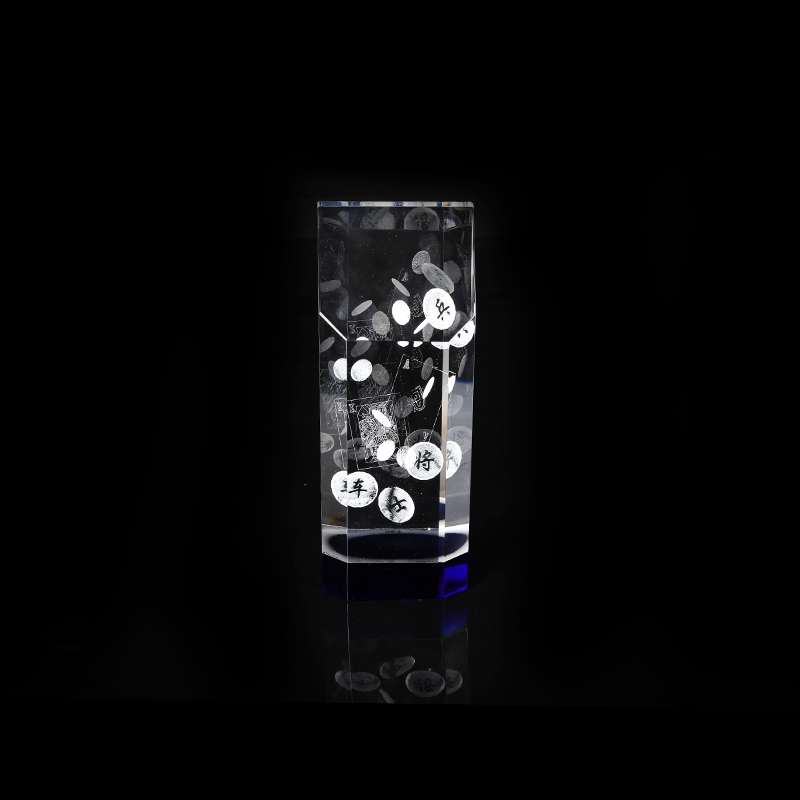In recent years, sustainability has become a central focus in nearly every industry, including the decorative and awards sector. Among the items gaining attention for greener production methods are the Crystal Glass Medal and Crystal Glass Pendant. As environmental concerns continue to shape manufacturing practices, producers of crystal products are turning to more responsible approaches in material sourcing, energy usage, and waste reduction.
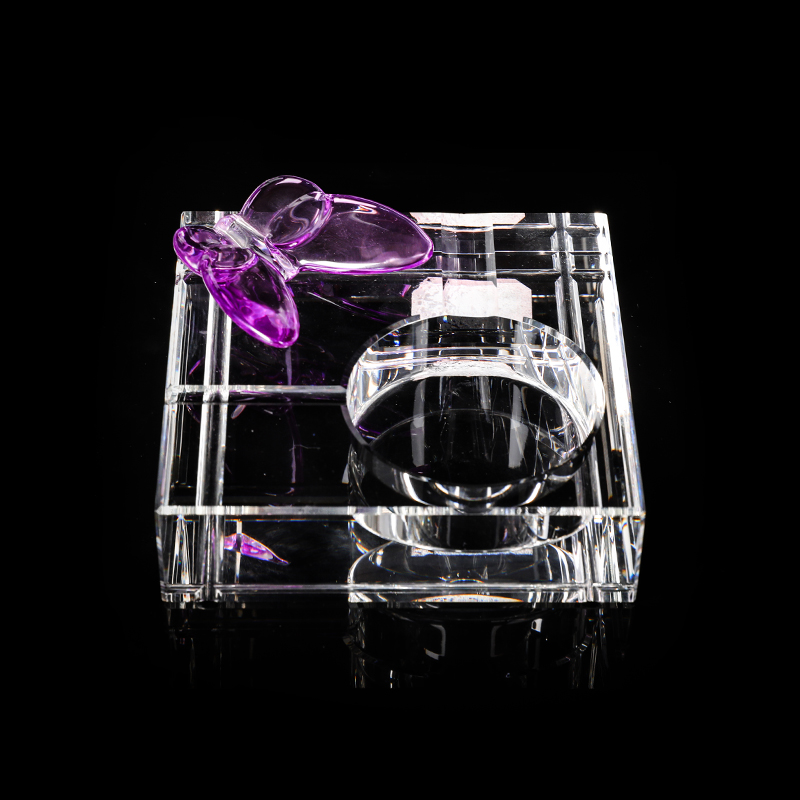
Traditionally, the manufacturing of a Crystal Glass Medal involved processes that consumed large amounts of energy and often produced significant emissions. These medals, known for their clarity and elegant finish, were typically created using high-temperature furnaces powered by fossil fuels. However, with the pressure to reduce environmental footprints, manufacturers have begun adopting cleaner alternatives. One of the key advancements includes switching to electric melting furnaces powered by renewable energy sources such as wind and solar. This shift drastically cuts down on carbon emissions during the glass melting stage.
Material sourcing has also undergone changes. Previously, the raw materials used in Crystal Glass Pendant production were not always traceable or environmentally friendly. Today, more manufacturers are choosing recycled glass and responsibly mined silica, which reduces the need for virgin resources and has less impact on natural ecosystems. Recycled materials not only lower the energy requirements during melting but also support circular production models.
Water conservation is another critical aspect of the sustainable transition. In the production of both Crystal Glass Medal and Crystal Glass Pendant, water is frequently used for cooling and cleaning. Modern factories are now implementing closed-loop water systems, which allow them to reuse and recycle water multiple times throughout the production process. This approach significantly lowers overall water consumption and reduces the risk of environmental contamination from industrial discharge.
Finishing techniques for these items have also been redesigned with sustainability in mind. Sandblasting and chemical treatments that release harmful particles or residues are being replaced by laser etching and UV-printing technologies. These innovations allow intricate designs to be added to each Crystal Glass Pendant or Crystal Glass Medal without introducing toxic substances or generating excess waste. Moreover, these methods provide durability and visual appeal while maintaining environmentally safe practices.
Packaging, often overlooked, is another area of improvement. Many producers are now using biodegradable or recyclable materials to wrap and ship Crystal Glass Medals and Crystal Glass Pendants. By avoiding plastic foam and synthetic wrapping materials, they reduce landfill contributions and offer consumers a product that aligns with modern eco-conscious values. Simple cardboard boxes, paper-based fillers, and soy-based inks are becoming standard in packaging solutions.
The adoption of digital technologies also supports sustainability goals. Smart inventory systems, precision cutting tools, and data-driven forecasting allow manufacturers to reduce material waste and avoid overproduction. This is particularly important in the case of personalized or limited-edition Crystal Glass Medal collections, which are often made to order. By reducing surplus production, companies not only save resources but also operate more efficiently.
Consumer preferences are also playing a vital role in shaping this transformation. Buyers are increasingly aware of the environmental impact of their purchases and tend to favor products that align with ethical production values. The rise in demand for eco-conscious Crystal Glass Pendants and Crystal Glass Medals reflects this shift. Customers are asking questions about where the glass comes from, how it’s processed, and whether fair labor practices are used in production.
Looking ahead, the industry is expected to continue refining its sustainability strategies. Innovations in low-energy polishing, eco-friendly adhesives, and non-toxic coatings are currently being tested for application in both Crystal Glass Pendant and Crystal Glass Medal manufacturing. These changes not only respond to regulatory requirements but also demonstrate a commitment to long-term environmental responsibility.
In conclusion, the movement toward sustainable manufacturing in the crystal glass industry is gaining momentum. Through better energy sources, responsible materials, cleaner finishing techniques, and thoughtful packaging, producers are redefining how a Crystal Glass Medal or Crystal Glass Pendant is created. These efforts are not only environmentally beneficial but also reflect the evolving values of modern consumers and manufacturers alike.

 English
English 中文简体
中文简体 عربى
عربى
